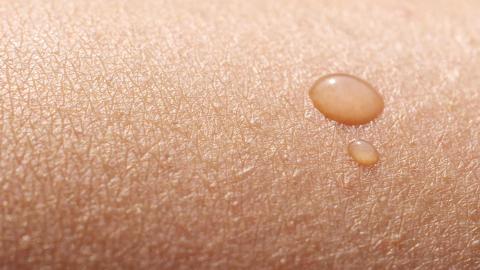Scientists Print Electronic Sensors Directly onto the Skin

What’s the Latest Development?
Thanks to advances in flexible electronics, scientists have found a way to graft a thin wire mesh onto the surface of the skin, allowing for the wireless transmission of health metrics, such as temperature and hydration, to central medical stations. “So-called ‘epidermal electronics’ were demonstrated previously in research from the lab of John Rogers, a materials scientist at the University of Illinois at Urbana-Champaign; the devices consist of ultrathin electrodes, electronics, sensors, and wireless power and communication systems.”
What’s the Big Idea?
The device can stay attached to the skin for two weeks before the body’s natural exfoliation process causes it to flake off. During those two weeks, however, the electronics can measure temperature, strain and hydration, all of which are general indicators of wellness. “One specific application could be to monitor wound healing: if a doctor or nurse attached the system near a surgical wound before the patient left the hospital, it could take measurements and transmit the information wirelessly to the health-care providers.” Commercial application of the technology could be just a year and a half away.
Photo credit: Shutterstock.com
Read it at MIT Technology Review





